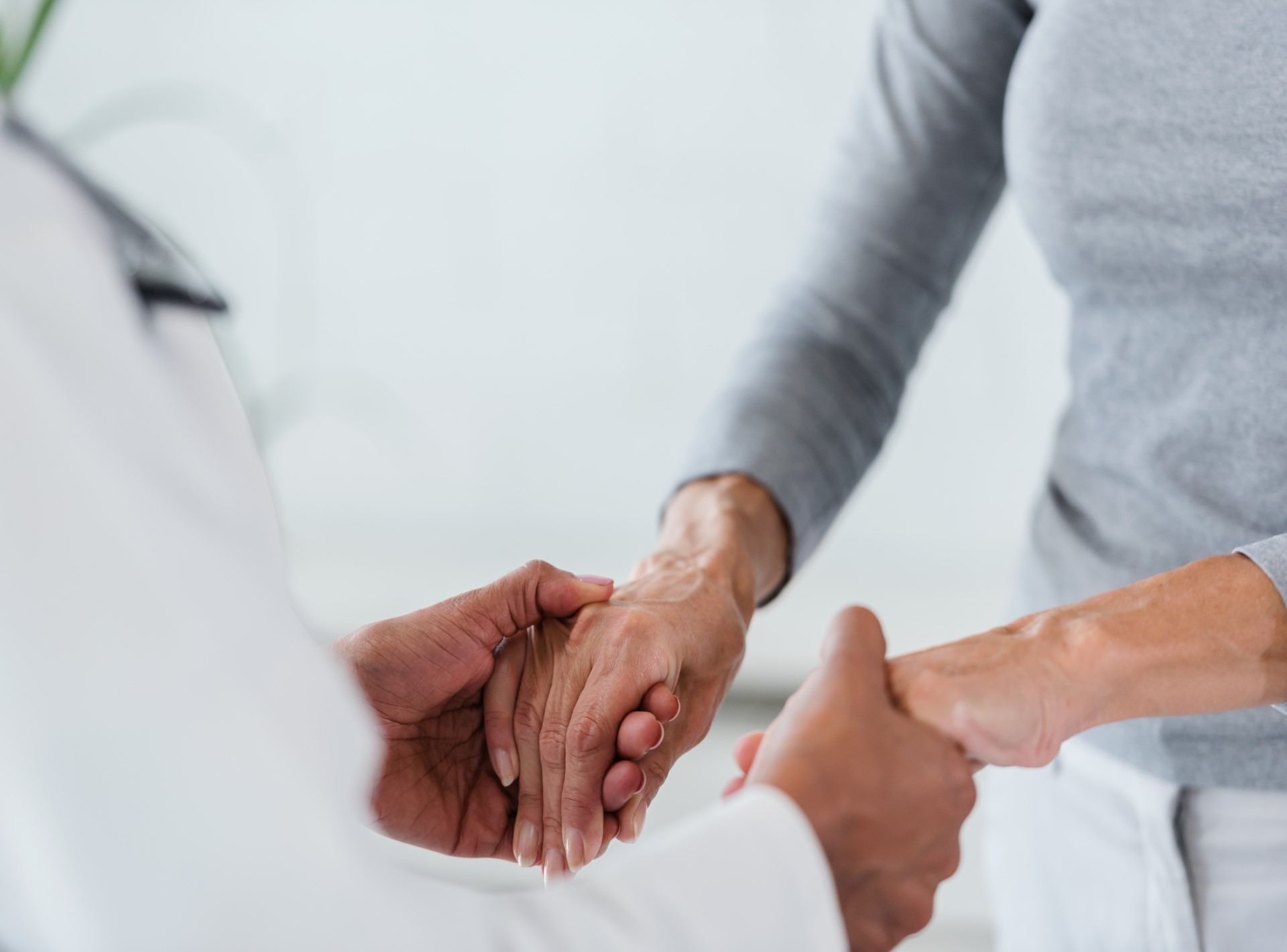
An Edith Cowan University team has called for longer rehabilitation after a stroke, after finding that one side effect can last longer than the usual period of in-patient care.
Researchers said lateropulsion — a clinical condition that results in the body leaning to one side and affects about half of all stroke survivors — could continue for up to one-year post-stroke.
While the average length of in-patient stay following a stroke varied, patients presenting with lateropulsion spent only three to four weeks longer in hospital compared to those without.
The team has called for further research into the condition to represent the clear need for extra care and support.
ECU PhD graduate Dr Jessica Nolan said the problem was common, with stroke being one of Australia’s biggest killers, claiming the lives of more women than breast cancer and more men than prostate cancer.
But lateropulsion was still severely under-recognised and under-assessed around the world.
In 2020, there were some 39,500 stroke events in Australia – more than 100 a day – and in that same year, it was estimated that over 445,000 Australians were living with the side effects of a stroke.
“A person with lateropulsion uses the limbs on their stronger side to push themselves over toward their weaker side,” Dr Nolan said.
“Often those with lateropulsion resist correction back towards their stronger side, or the mid-line, and this can cause problems with sitting, standing, walking, and looking after themselves.
“This study was the first to investigate functional recovery up to 12 months post-stroke, and to compare outcomes among people with and without lateropulsion. The severity of the condition was a good predictor of long-term functional outcomes.
“It was associated with a higher risk of falling, reduced recovery, and a reduced likelihood of discharge after in-patient rehabilitation. Resolution was dependent on access to ongoing rehabilitation: people who did not have access to long-term rehab following a stroke did not show the same extent of functional recovery.”
Her team’s analyses included data from 144 participants, 82 of which had lateropulsion on admission, and long-term functional gains were only maintained among people discharged home, whereas functional status deteriorated after six months among those in residential care.
Dr Nolon said the lack of agreement on terminology and the defining features of the condition also presented obstacles to understanding its prevalence, accurately comparing research results, and agreeing on a consistent approach to rehabilitation.
“People affected after a stroke may be at a disadvantage, because of the inconsistent approaches to rehabilitation and the failure of health policy to accommodate their rehabilitation needs,” she said.

